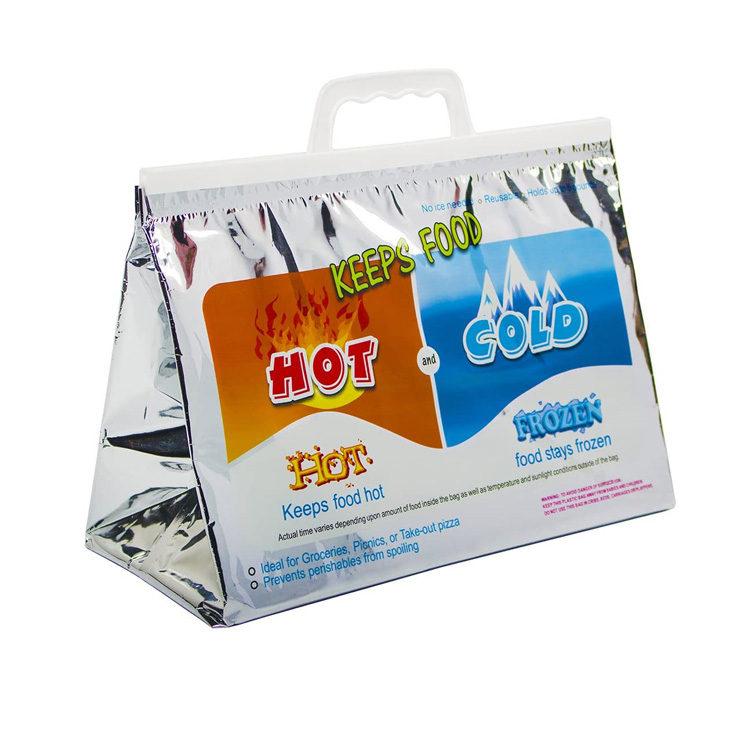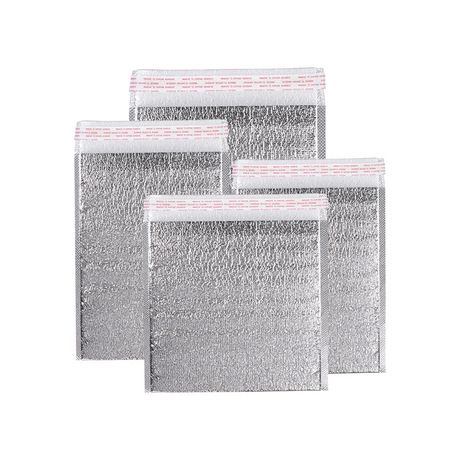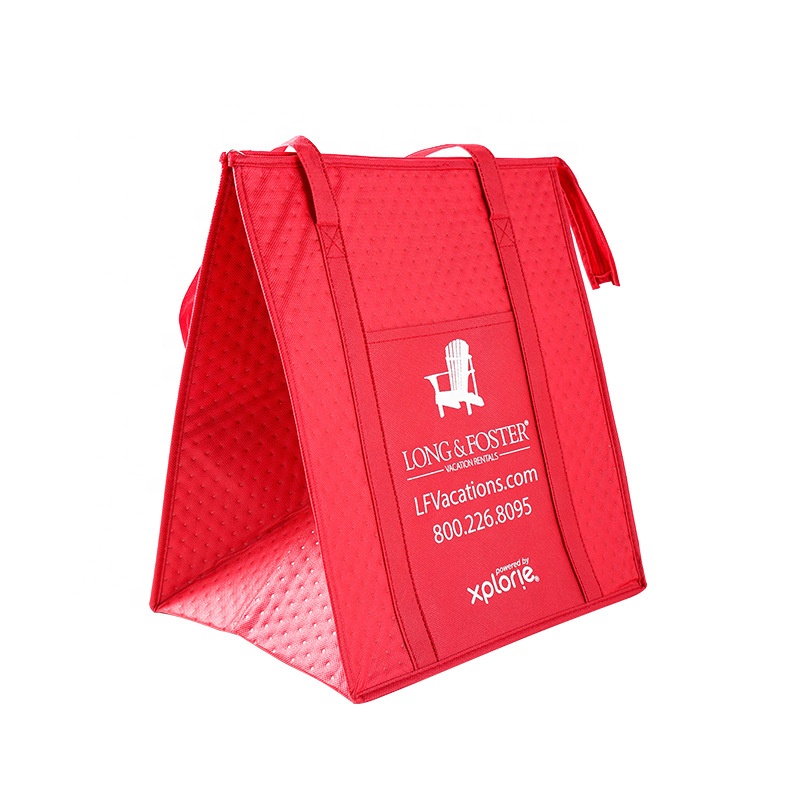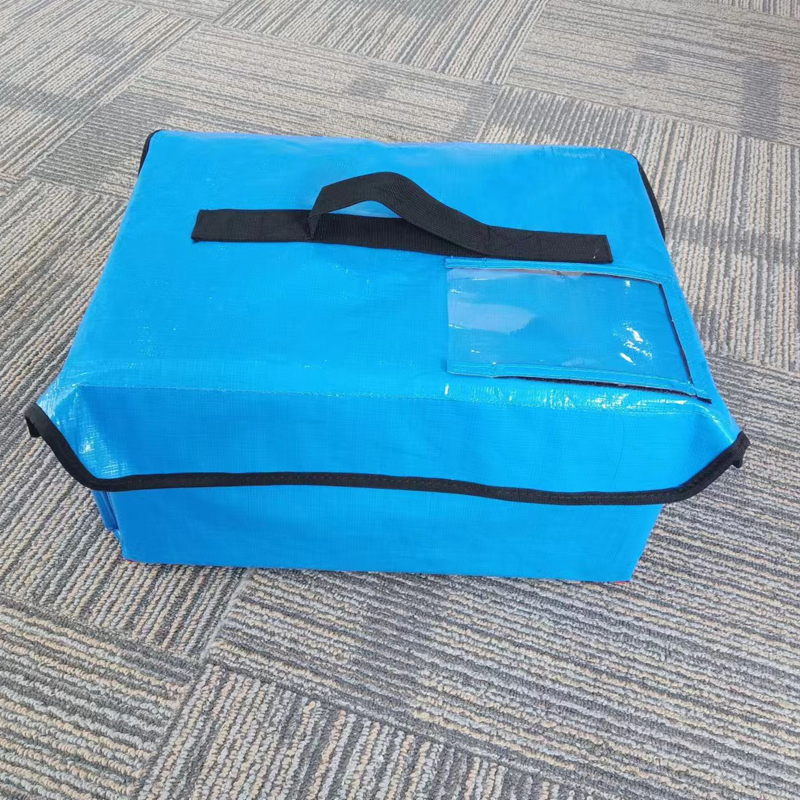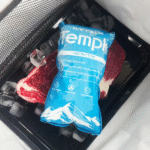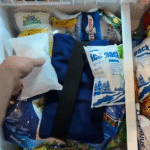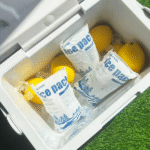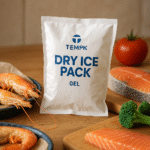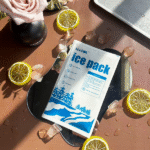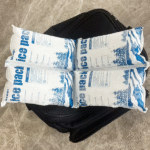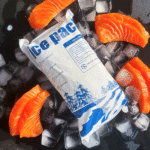Puis-je utiliser de la glace sèche dans une glacière pour 48 heures de fraîcheur glaciale?
La glace sèche se trouve à un –109 ° F (–78,5 ° C) et peut garder la nourriture plus froide, plus longtemps que la glace ordinaire -Oui, Vous pouvez utiliser de la glace sèche dans une glacière lorsque vous suivez les règles de sécurité et les astuces d'emballage intelligentes. Ce guide vous montre combien acheter, Comment l'emballer, Et quoi 2025 Les réglementations signifient pour les voyageurs comme vous.
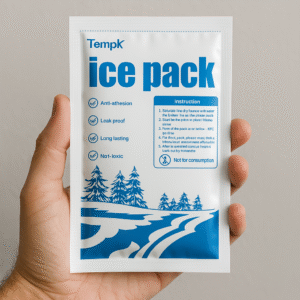
Cet article répond:
-
Comment dimensionner, empiler, et évacuer votre glacière pour l'efficacité de la glace sèche
-
Pourquoi la ventilation est critique lors de l'utilisation de la glace sèche dans une glacière en toute sécurité
-
Le plus récent 2025 Règles de transit pour le camping, expédition, Et voler avec de la glace sèche
Pouvez-vous légalement utiliser de la glace sèche dans une glacière pendant le voyage?
Oui - la plupart des États-Unis. Les États permettent de la glace sèche dans les refroidisseurs de consommation, Mais les compagnies aériennes et les expéditeurs le mettent à 5 livres (2.27 kg) par paquet et nécessite des évents de libération de gaz. La dernière directive DOT (Janvier 2025) Libelles de la glace sèche comme «UN1845, Classe9 ”Hazmat, Alors marquez votre glacière clairement et gardez le couvercle fissuré lors de voyages sur la route pour éviter l'accumulation de CO₂.
Emballez votre glacière comme si vous empiliez des briques: glace sèche en bas, marchandises au-dessus, journal entre les couches. Ce «gâteau de couche» ventilé rencontre le 2025 Règle que la pression co₂ à l'intérieur reste en dessous de 15 psi, Protéger à la fois le fret et les passagers.
Que sont les 2025 Limites des compagnies aériennes pour les glacières sèches?
| Transporteur | Maximum sec | Formulaire nécessaire | Bénéficier à vous |
|---|---|---|---|
| U.S majeure. Compagnies aériennes | 5 lbs (2.27 kg) | «Glace sèche» + poids sur l'étiquette | Chèque sans tracas |
| FedEx Chain à froid | 5.5 lbs (2.5 kg) | Expéditeur Marchandises doc | Suivi de la porte à la porte |
| Terre | 10 lbs (4.5 kg) | Aucun pour l'utilisation des consommateurs | Expédition budgétaire |
Conseils pratiques
-
Randonnée: Gardez la fenêtre fissurée; monter un $15 Capteur CO₂ pour les alertes de gaz en temps réel.
-
Vol: Congeler le contenu d'abord pour prolonger le maintien - Utilisez 3 livres de glace sèche par 24h par refroidisseur 25qt.
-
Livraison à domicile: Choisissez des créneaux de ramassage en bordure de rue dans les six heures suivant l'emballage.
Étude de cas: Un pourvoyeur de pêche à la mouche du Montana a gardé le saumon à 34 ° F pendant 48h en utilisant de la glace sèche 8lbs, un refroidisseur rotomoldé 60qt, et un trou supérieur - résulter: zéro détérioration et chèque de TSA lisse.
De combien de glace sèche avez-vous besoin pour un refroidisseur de 48 quart?
Règle: 10–12lbs conserve un 48qt plus frais en dessous de 40 ° F pendant deux jours. Superposer un pouce de carton sous la dalle pour ralentir la sublimation de ~ 18%. Pour des voyages de nuit, 5 LBS est suffisant, mais ajouter 2 livres par jour supplémentaire ou si les températures ambiantes dépassent 90 ° F (32 ° C).
La glace sèche sublime à environ 5 à 8 lb toutes les 24h en glacières ventilées, Alors achetez 20% de plus pour les retards imprévus.
Faire des packs hybrides (Glace sèche + Gel) Surpasser la glace sèche pure?
| Méthode du pack | Temps de fraîcheur (≤40 ° F) | Poids ajouté | Pour toi |
|---|---|---|---|
| Glace sèche uniquement | 48 H | 10 lbs | Maximum froid, cargaison plus légère |
| Glace sèche + Gel | 60 H | 14 lbs | La plus longue, Sauvegarde si la glace sèche est partie |
| Packs de gel uniquement | 36 H | 16 lbs | Plus sûr pour les voyages en avion, Aucune étiquette Hazmat |
Étapes d'emballage exploitables
-
Geler d'abord: Nourriture pré-refroidisse à 34 ° F.
-
Couche inférieure: Carton + dalle de glace sèche.
-
Milieu: Nourriture ou vaccins dans des sacs à l'épreuve.
-
Haut: Journal supplémentaire puis Gel Packs pour la stabilité de la température.
-
Secouer: Trou de ventilation de la taille du pouce ou couvercle fissuré.
Quel équipement de sécurité devez-vous utiliser lors de la manipulation de la glace sèche?
Portez toujours des gants isolés et de la protection des yeux—FrostBite frappe en quelques secondes à –109 ° F. Stocker les blocs dans une boîte en polystyrène à l'intérieur d'un coffre de véhicule, Jamais dans une cabine hermétique. Éloigner les animaux de compagnie: Co₂ est plus lourd que l'air et les piscines au niveau du sol.
Conseil: Bande un moniteur CO₂ numérique à l'intérieur de la glacière; Si les lectures grimpent au-dessus de 5 000 ppm, évacuer immédiatement.
Le mélange de la glace sec avec de la glace ordinaire rend votre plus froide plus froide?
Oui-La glace ordinaire agit comme un tampon thermique, Ralentissant la perte de glace sèche de 12 à 15%. Placer la glace en cubes sur le dessus; La fusion de l'eau absorbe le gaz co₂, Couper les besoins de ventilation. Le combo est idéal pour les pique-niques familiaux où les températures de substitution ne sont pas critiques mais plus le temps froid est.
2025 Tendances dans la technologie de glacière sèche
Les ingénieurs thermiques s'intègrent désormais Panneaux en polymère de changement de phase qui rechargent dans les congélateurs standard et associez-vous en toute sécurité à la glace sèche, doubler le temps froid sans supplément de co₂. La demande du marché pour les plantes sèches de la CO₂-CAPTURE Eco-amicale a augmenté de 28% 2024, promettre des coûts réduits à travers 2025.
Dernières points forts
-
Couvercles auto-ventilés: Pop-Valves sort co₂ à <10 psi - pas de couvercle manuel manuel.
-
Capteurs intelligents: Temps Bluetooth + Alertes à gaz sur votre téléphone en moins de 5 secondes.
-
Green Co₂ Sourcing: La production de glace à sec en énergie renouvelable réduit l'empreinte de 40%.
Les marques RVER et KET-Kit choisissent désormais la glace sèche basée sur CO₂ pour atteindre les objectifs ESG sans sacrifier la puissance de refroidissement.
FAQ {#FAQ}
Q1: La glace sèche est-elle sûre pour la nourriture?
OUI - DRÉE ICE EST LE COS DE GRADE. Gardez-le simplement enveloppé pour éviter la brûlure du gel.
Q2: Combien de temps avant que la glace sèche s'évapore?
Environ 24h par 5 lb dans une glacière 25qt; La chaleur ambiante raccourcit ceci.
Q3: Puis-je refreindre la glace sèche inutilisée?
Non - une fois sublimé, Le gaz co₂ ne peut pas être transformé en glace sèche à la maison.
Résumé & Recommandations
La glace sèche peut garder votre glacière froide pendant des jours lorsque vous Blocs de taille correctement, évacuer le couvercle, et porter des gants. Visez 10 à 12 lb par refroidisseur 48qt, couche avec du matériau isolant, et suivre le 2025 Règles de l'étiquette dot hazmat pour les voyages sans inquiétude.
Étapes suivantes
-
Utilisez notre gratuit Calculatrice de séchage Pour choisir le bon poids.
-
Commandez des feuilles de glace sèche préscorées de Tempk pour un emballage facile.
-
Inscrivez-vous à des conseils de soins de Cooler-Care livrés mensuels.
À propos du tempk
Nous concevons des solutions de chaîne froide haute performance - des packs de gel aux glacières intelligentes - qui gardent vos marchandises en sécurité à –78 ° C à 25 ° C. Nos feuilles de glace sèche co₂capture coupent le carbone de 40% et ajuster n'importe quelle glacière en quelques secondes.









